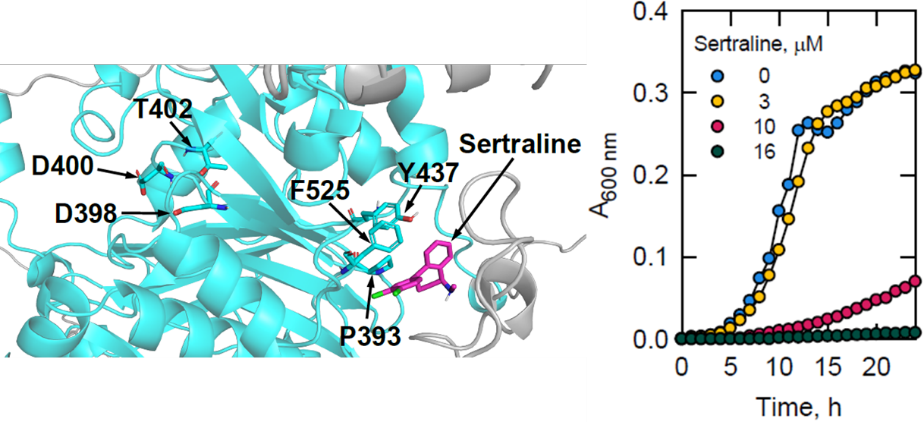

Allosteric binding of sertraline with PAP results in a drastic reduction of yeast cells
Invention Summary:
Triacylglycerols are the main form of fat in the human body. Two key intermediates in triacylglycerol synthesis include phosphatidic acid and diacylglycerol. Cellular levels of these intermediates are heavily controlled by a key enzyme: phosphatidic acid phosphatase (PAP). Thus, PAP regulation is a key target for several metabolic disorders. Disruption of PAP may also be of use in inhibiting pathogenic fungal growth. Sertraline is a selective serotonin reuptake inhibitor prescribed to humans for the treatment of depression and social anxiety disorders. The drug also exhibits antifungal activity but the basis of its action has been unclear.
Rutgers researchers have demonstrated the ability of sertraline to inhibit PAP activity in yeast and human liver cells with superior potency as compared to the leading PAP inhibitor – propranolol. This indicates that sertraline may have additional uses beyond treating psychiatric disorders.
Market Applications:
Advantages:
Publications: https://doi.org/10.1016/j.jlr.2024.100711
Intellectual Property & Development Status: Patent pending. Available for licensing and/or research collaboration. For any business development and other collaborative partnerships, contact: marketingbd@research.rutgers.edu